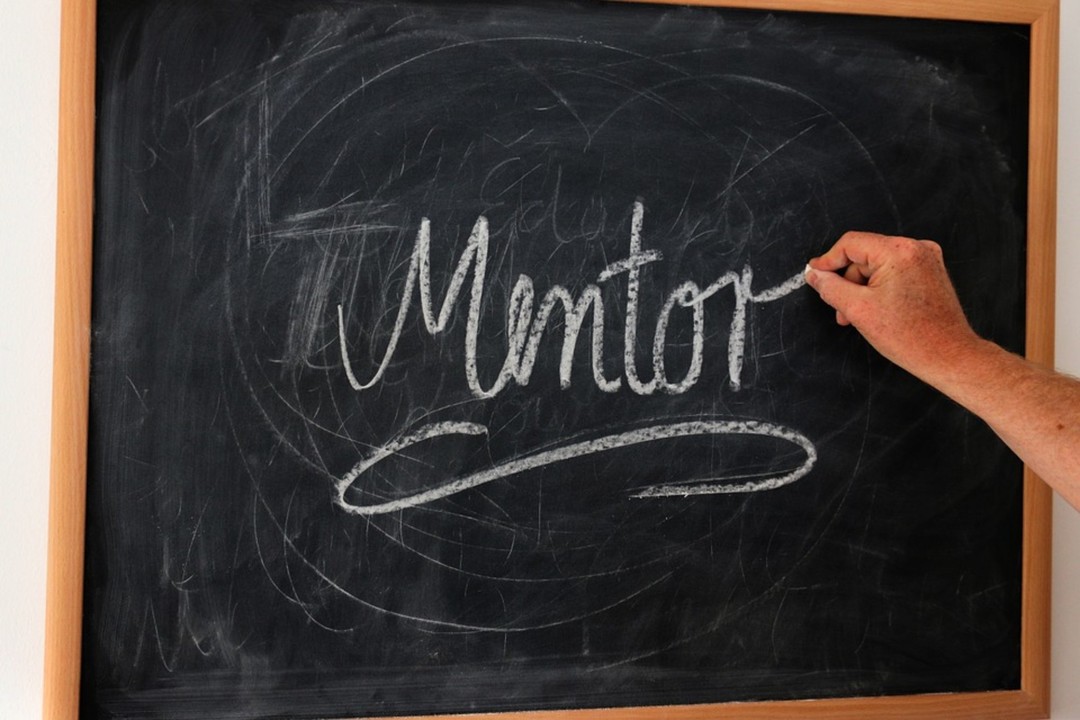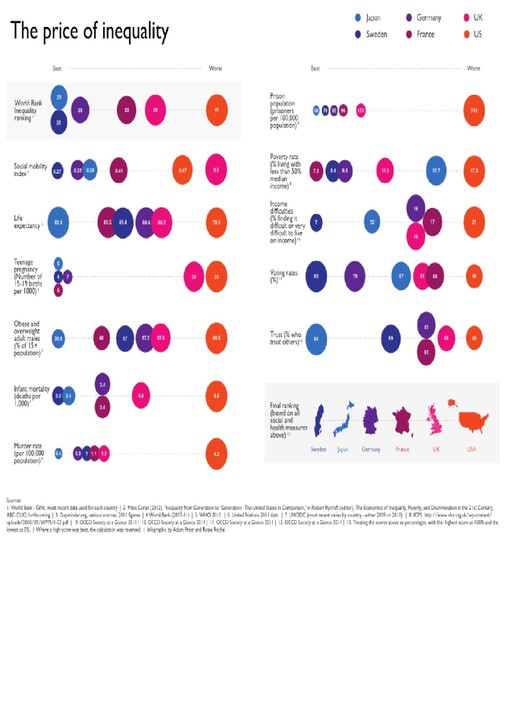Garbage Mentoring
While performing research on discrimination in human resources practices (Bad news-selection, compensation, T/D, workforce planning, recruitment are all prone to discrimination, good news, the mentoring literature suggests it is not as pervasive), I became interested in the science of mentoring. Mentoring (like any other human interpersonal interaction) is a well-established field of study within industrial/organizational psychology and human resources academia. The studies establishing best practices are out there, and the evidence to support their use. I was excited as the use of technology mediated approaches seemed to be primed for a paradigm changing opportunity for students, employees, association members and alumni.
But after reviewing many mentoring options out there, I became flustered. There was a lack of tools that used the well-established research of mentoring, which matched participants based on likelihood of success and had a heavy emphasis on technology as a simple excuse to assume positive outcomes would occur without standard measurement to provide ROI for organizations. Frustration mounted as new vendors would provide shiny platforms that offered unique and interesting but irrelevant tools that didn’t leverage the true technology behind the mentorship experience, the human interaction.
Accordingly, we developed Brightsity Mentoring (BM). BM is a tool for education/career mentoring that enables participants to answer specific questions and take actions to further protégé careers (think dating for mentors with an engaging system to motivate both parties intrinsically). Mentorship has a positive, long lasting impact on career, social and financial standing for both mentors and protégés in protégés have more job satisfaction, career mobility/opportunity, recognition, higher promotion rate then non-mentored and mentors benefiting with greater career, satisfaction, sense of fulfillment, and understanding junior employees/new technology. Mentorship with Brightsity is bi-directional, and provides the competency measurement required for the use of BM as a training and development tool.
BM arrives at a moment of great organizational economic constraints and can have a solid, measurable impact on career progression and the educational ecosystem. Organizations need to facilitate career development and productivity. Large also organizations have a need to meet measurable corporate social responsibility goals and can easily facilitate these by offering mentoring relationships three hours over three months. Educational institutions need to facilitate educational and occupational advancement in an empirical manner. Associations aim to facilitate mentorship relationships and distinguish themselves from other groups by virtue of the success enabled by the service. Finally, high school and university students can benefit massively from the interaction between upperclassmen and mentors already in their career fields. Importantly BM facilitates mentoring relationships within associations and organizations for pre-selection realistic job preview and recruitment pipelines.
The Mentor Expectation Measure/Pre-Post Measures
All participants will take a psychometric tool (the Mentorship Expectation Measure – MEM) that matches them with the most appropriate mentor/protégé. After they have completed the very brief MEM, all participants take a pre-survey of psychometric outcomes associated with mentoring. After each session, they receive a brief post-session evaluation as well. These steps ensure we have the best potential matches for our pairs, as well as quantitative outcomes that can be used for evidence of learning, human resources outcomes (for the purposes of recruitment, selection and training).
How Brightsity Mentoring works
After completing the valid psychometric matching tool, participants get matched and go through 6 predefined (but flexible) sessions of mentoring, where occupational and developmentally relevant questions are provided to both the mentor and protégé. The mentorship takes place for over three months, pairing mentors and protégé for a series of highly structured, open ended, science and evidence based virtual meetings. Our expectation is that mentoring will create social capital – the exchange of information and ideas – that will build human capital – knowledge and connections – and lead to financial capital – improved job skills, internship and employment opportunities.
The participants are also offered assignments to complete as a team (introducing protégé to tools, expectations, associations, resume review, etc…). The learning that occurs is both specific in the technical field being mentored, as well as psychosocial in building career awareness, confidence and networks. Mentoring occurs at a mutually agreed upon time, with the Mentor and Protégé work toward mutually accepted goals, tracking accomplishments and receive credit for each achievement (posting to other social media as they accomplish goals especially LinkedIn to ensure recruiters are aware of their progress and new skills).
Brightsity Mentoring is best for National and International:
· University and High school students can benefit massively from the interaction between upperclassmen and mentors already in their career fields.
· Fortune 5000 organizations have a direct, internal need to facilitate career development and productivity.
· Governmental and Military organizations have the same needs as the above.
· Educational institutions need to facilitate educational and occupational advancement in an empirical manner.
· Associations aim to facilitate mentorship relationships and distinguish themselves from other groups by virtue of the success enabled by the service.
Critically, administrators can use the outcomes for academic, human resources or corporate social responsibility reporting and marketing.
Stepping back from the beauty of technology, we need to capitalize on a much older evolved technology, our desire to help each other grow, the intrinsic joy in watching human development while recognizing our own excellence in becoming an interpersonally savvy, trusted advisor and member of a larger, more diverse network. See Brightsity.com for more information.
















